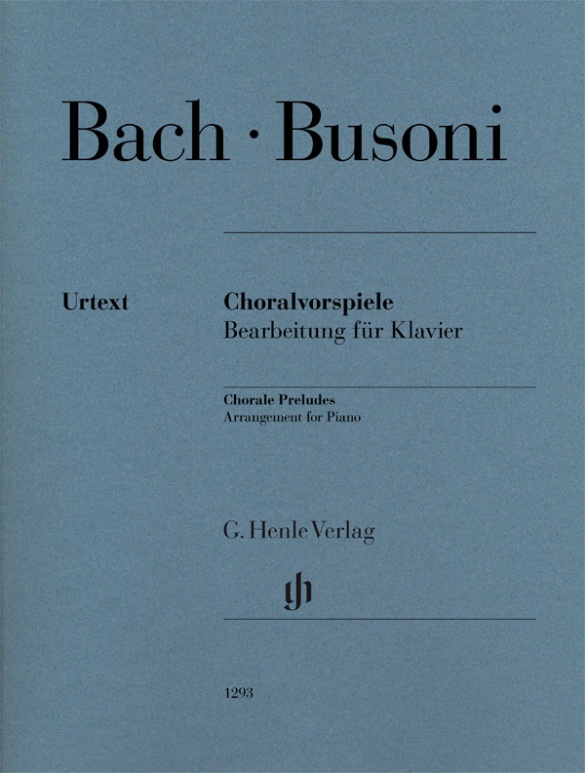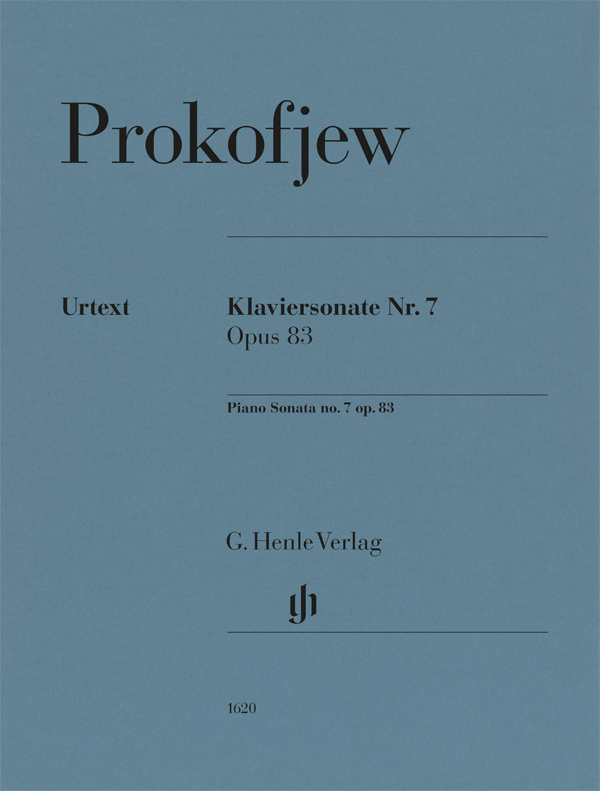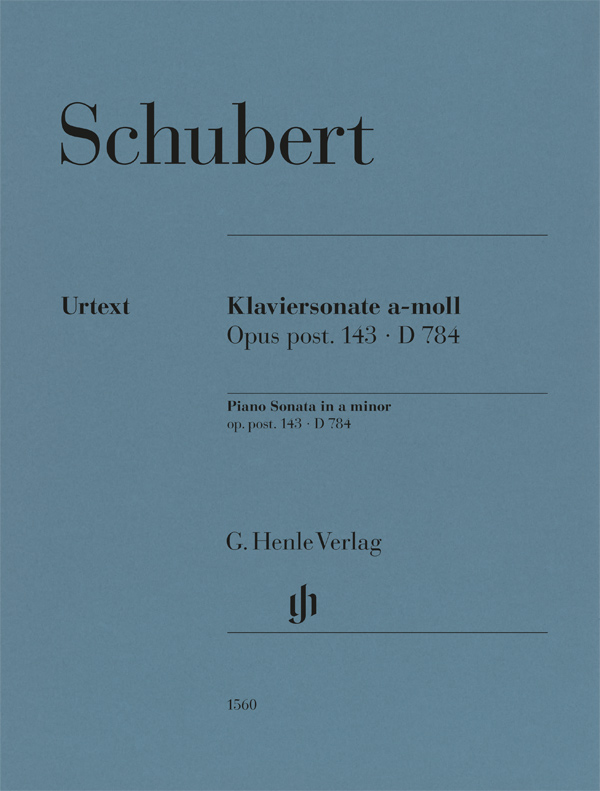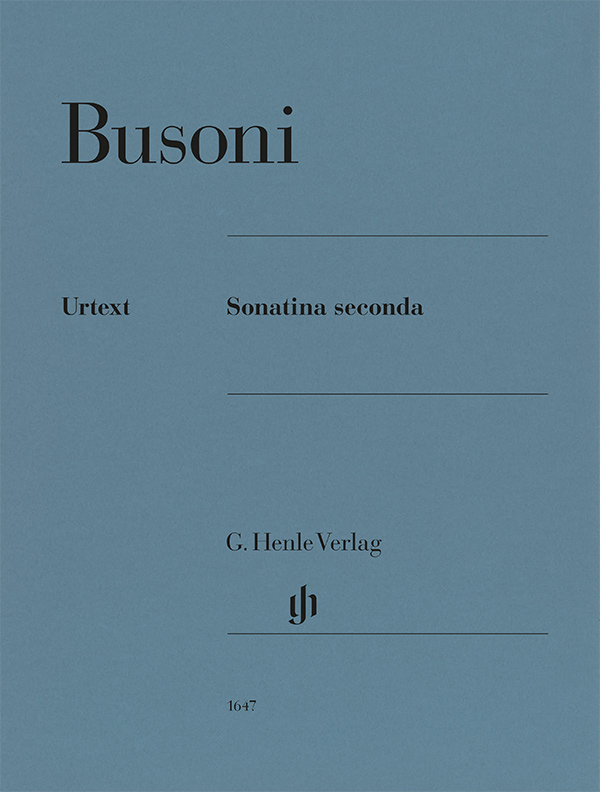

Ferruccio Busoni
Sonatina Seconda
On the 100th anniversary of the death of Ferruccio Busoni, G. Henle Publishers is issuing one of his most important original works for piano solo. In light of his popular Bach arrangements, it is easy to overlook the fact that at the beginning of the twentieth century, Busoni was considered an avant-garde composer. Like Schönberg he transcended the boundaries of tonality but pursued completely different goals and experimented in each work with new harmonic systems. In the “Sonatina seconda”, published in 1912, he achieved fascinating, suggestive sound effects. Contemporaries admired their “fantastic-mystical character” and a harmony that always gave “the impression of the natural, spontaneous and intuitive”.
Through the examination of three surviving autographs as well as the first edition, Busoni experts Christian Schaper and Ullrich Scheideler were finally able to eliminate many ambiguities in the musical text. Wolf Harden, an expert in the repertoire, was responsible for the fingerings. This new reference edition of the “Seconda” is a must for anyone who wants to explore Busoni’s exciting world of sound!
Content/Details
About the Composer
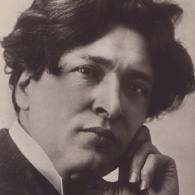
Ferruccio Busoni
Important composer, pianist, conductor, and music essayist who advocated for classicality and classicism in a mode of thought aligned with progress. In addition, he adapted and transcribed quite a few works, especially those of Johann Sebastian Bach.
| 1866 | Born in Empoli on April 1, the son of a clarinetist and a pianist. His parents foster his musical education. Prodigy: early career as a pianist. |
| 1887 | String Quartet in D minor, Op. 26. |
| from 1888 | Piano instructor in Helsinki, Moscow, and Boston. |
| 1890 | Participates in the piano and composition categories of the Rubinstein Competition in St. Petersburg with his Sonata No. 1 in E minor, for violin and piano, Op. 29; the Two Pieces for Piano, Op. 30a; and Konzertstück for Piano and Orchestra, Op. 31a. This last piece wins the first prize in composition. |
| 1894 | Moves to Berlin. |
| 1897/1904 | Comedy Overture, Op. 38. |
| 1903–04 | Concerto, Op. 39, for piano, orchestra, and male choir in five movements with a concluding choral movement. |
| 1907 | Essay: “Sketch of a New Esthetic of Music.” |
| 1909 | “Berceuse élégiaque,” Op. 42. |
| 1909–10 | Second tour of America. |
| 1910 | “Fantasia contrappuntistica” for piano as an attempt to find a conclusion for Bach’s “Art of Fugue.” |
| 1912 | Performance in Hamburg of his opera “Die Brautwahl” (“The Bridal Choice”). |
| 1913 | Director of the Liceo Musicale in Bologna. |
| 1915 | Rondò arlecchinesco, Op. 46. |
| 1915–20 | Living in Zurich, due to the war. |
| 1917 | Performances in Zurich of his operas “Turandot” and “Arlecchino”; they draw upon the Commedia dell’arte. |
| 1920 | Director of a master class at the Prussian Arts Academy in Berlin. Tanzwalzer, Op. 53.1922 Essay “On the Unity of Music.” |
| 1924 | Dies in Berlin on July 27. |
| 1925 | Posthumous performance in Dresden of his opera “Doktor Faust.” |
Product Safety Informations (GPSR)

G. Henle Verlag
Here you can find the information about the manufacturer of the product.G. Henle Verlag e.K.
Forstenrieder Allee 122
81476 München
Germany
info@henle.de
www.henle.com
recommendations
autogenerated_cross_selling
Further editions of this title
Further editions of this title


